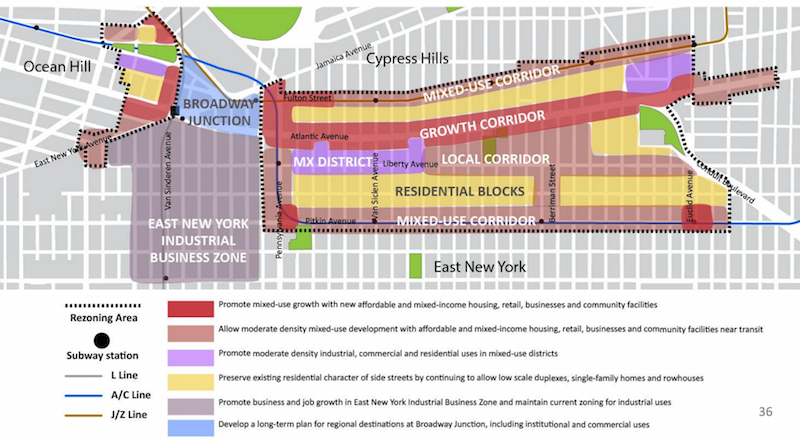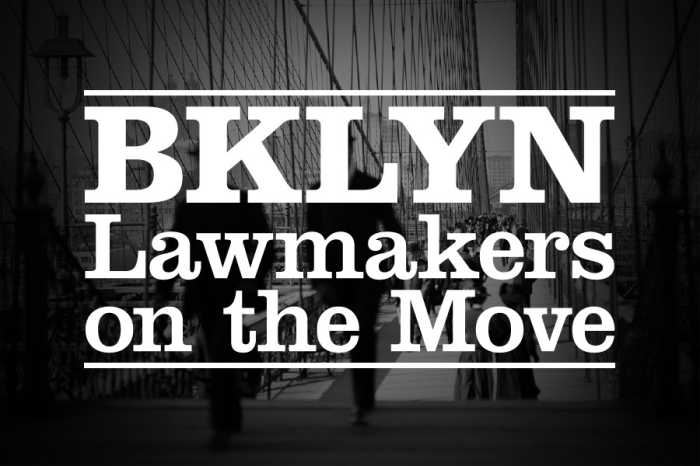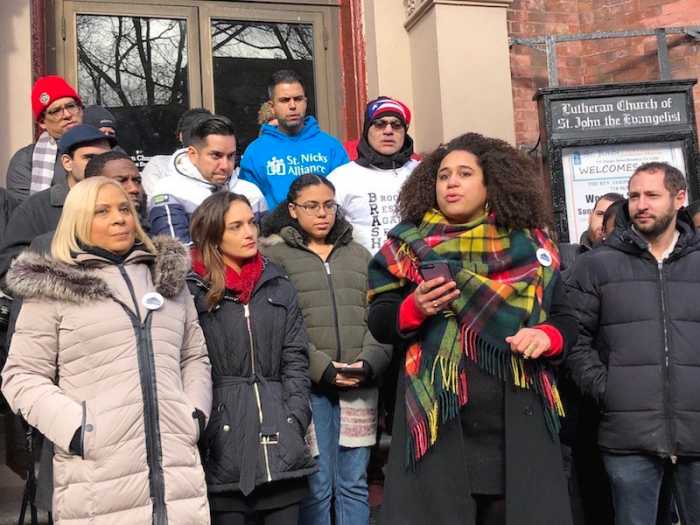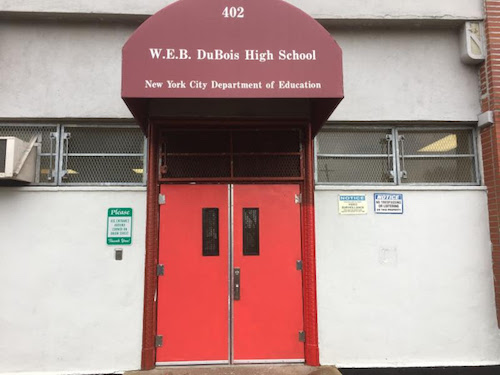Mayor Bill de Blasio’s Mandatory Inclusionary Housing (MIH) showcases how the administration continues to foster segregationist policies, according to an explosive report released this week.

Progressive City Council Member Brad Lander (D-Park Slope, Windsor Terrace, Kensington) issued a “very modest” one-year progress report identifying 12 concrete steps New York City could take toward integration, to build a more inclusive, multiracial democracy.
The steps are part of the Desegregating NYC: 12 Steps Toward a More Inclusive City, of which step 2 calls for a commitment toward inclusionary housing through neighborhood rezonings in “high opportunity neighborhoods,” not just in low-income communities of color.
As part of the progress report, it was revealed that just 1 of 10 MIH neighborhood rezonings is in a whiter, wealthier neighborhood.
Mandatory Inclusionary Housing (MIH) allows developers to build developments higher as long as the building includes some percentage of permanent affordable housing.
Of the five neighborhoods that have been rezoned through de Blasio’s MIH plan, all five are low-income communities of color–East New York, East Harlem, Far Rockaway, Inwood and Jerome Avenue.
The report goes on to note that of the neighborhoods currently being considered for future MIH rezonings are mostly communities of color including Bay Street in Staten Island, Chinatown, Southern Boulevard in the Bronx and Bushwick in Brooklyn.
“For the past 50 years, we have ignored the cancerous segregation of our neighborhoods and our schools. If these steps allow us the illusion of progress, they are worthless. But if they give us courage to do much more, they could be a good start,” said Lander.
Just two neighborhoods being considered are in “whiter higher income neighborhoods: Gowanus and Long Island City, Queens. Of which, the plans for Long Island City seem uncertain in the wake of the breakdown of the Amazon.
The Gowanus rezoning proposal most recently completed the Draft Scope of Work last month as part of the Environmental Impact Study under the city’s Uniform Land Use Review Procedure (ULURP).
The rezoning once completed has the potential for being the city’s largest MIH rezoning project.
Fair housing advocates have called for the administration to consider other high opportunity neighborhoods including Midwood, Sheepshead Bay and Manhattan Beach in South Brooklyn but have been met with push back from top officials.
City Planning Commissioner Marisa Lago according to the report, claims these neighborhoods would not move forward with any rezoning proposal for these neighborhoods without local officials support.


However, Council members Rafael Espinal (Bushwick, East New York) and Antonio Reynoso (D-Williamsburg, Bushwick) have led a four-year engagement process with local communities in their district against predatory development, specifically aimed at preserving and celebrating the culture of the area.
According to the report, no step received more than 25% completion, and many steps received 10% or less towards completion of the goal. Of which, “desegregating neighborhoods” came in at 10% completion.
The step with the highest completion rate was, “Step 1: Make “Affirmatively Furthering Fair Housing” (AFFH) the law and ongoing practice of New York City,” while ‘Step 4: Strengthen rent regulations as a strategy for integration without displacement’ is marked as ‘TBD’ (To Be Determined) and “Step 11: Establish an NYC Office of Integration to drive progress across agencies and systems,” is at zero percent.

Public Advocate Jumaane Williams applauded the report for its highlight of the disparity among different communities and neighborhoods facing the city.
“Addressing this massive disparity means acknowledging systemic failure and having the willingness to confront it, not with surface level tweaks but aggressive overhauls. From affordable housing, to high school placement, to policing, to transit availability and more, our city is in need of transformational change— this report gives new meaning and resonance to the ‘tale of two cities,’” said Williams.









